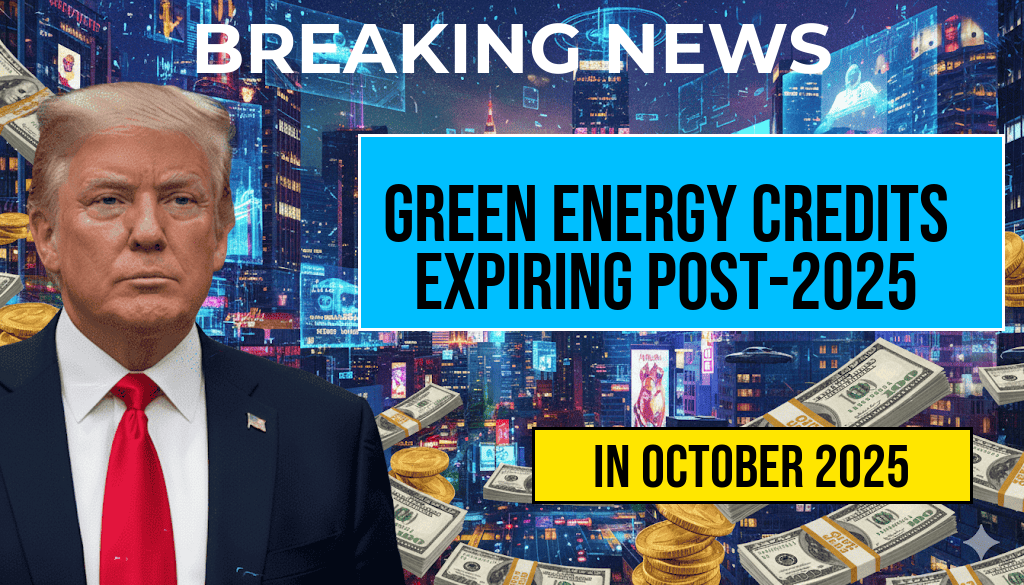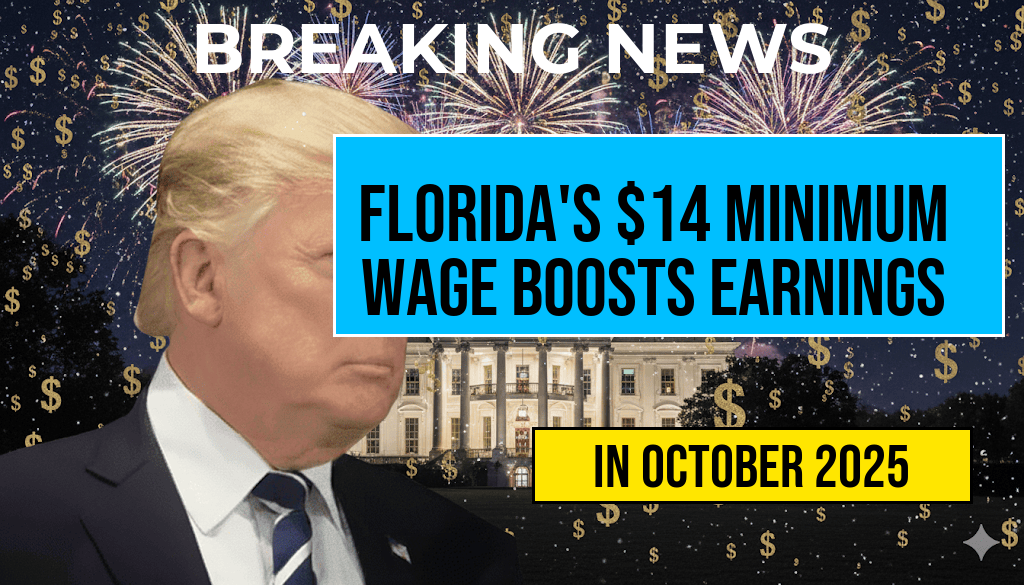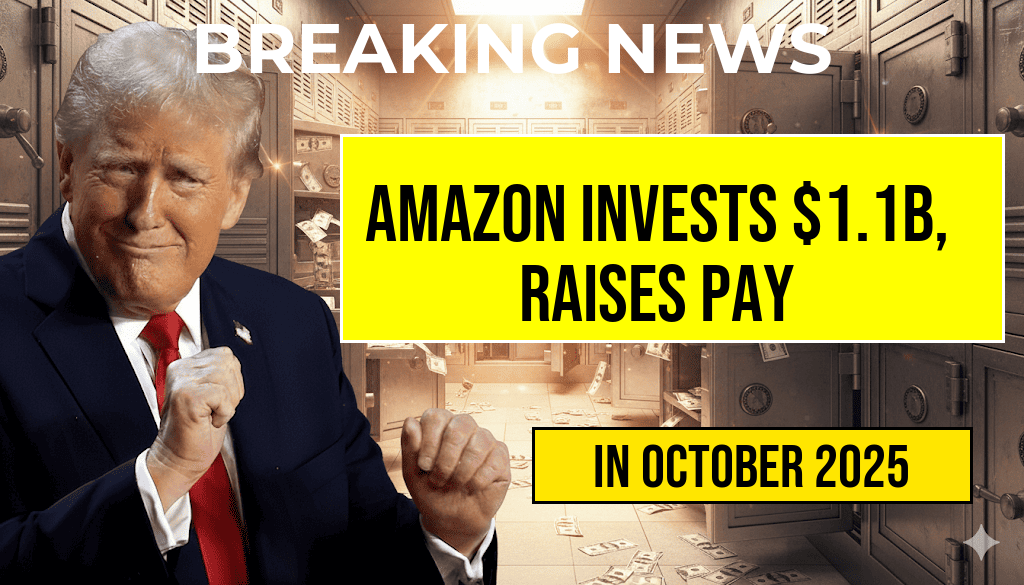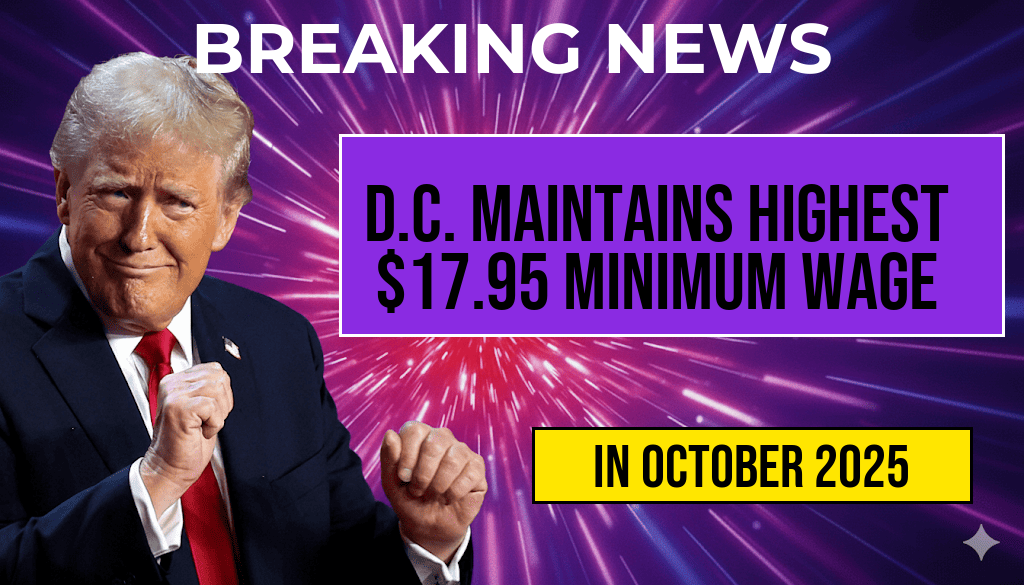As the federal government phases out certain green energy credits after 2025, many homeowners are assessing how these changes could impact their plans for installing renewable energy systems. Historically, incentives like the Investment Tax Credit (ITC) and the Residential Renewable Energy Tax Credit have played a pivotal role in making solar panels, wind turbines, and other sustainable upgrades more affordable. However, with the expiration of some of these credits on the horizon, property owners need to understand which incentives are still available, how to maximize their benefits before they end, and what alternative options may exist. This shift signals a transition in federal policy, emphasizing the importance of timely decision-making for those interested in leveraging tax incentives to reduce upfront costs.
Understanding the Current Landscape of Residential Green Energy Incentives
Federal Tax Credits and Their Timeline
The primary driver of residential renewable energy adoption has been the Investment Tax Credit (ITC). Originally introduced in 2006, the ITC has provided a significant tax deduction for homeowners investing in solar energy systems. Under the current policy framework, the ITC offers a 30% credit for systems installed by the end of 2032, with scheduled reductions over time. Notably, other incentives, such as the Production Tax Credit (PTC) for wind energy, have seen their expiration dates come and go, but the solar ITC remains a cornerstone for homeowners.
However, certain state-level incentives and utility programs are subject to change more rapidly, often depending on legislative priorities and budget allocations. The federal government’s current policy indicates that some of the more aggressive credits, particularly those that provided bonus incentives for specific technologies or low-income households, will be phased out after 2025.
What Credits Are Expiring After 2025?
- Additional Bonus Incentives: The 26% bonus credit, which provided an extra boost for projects that met certain criteria such as domestic content or community solar participation, is set to expire after 2025.
- Accelerated Depreciation (MACRS): Modified Accelerated Cost Recovery System (MACRS) offers accelerated depreciation benefits for commercial and residential systems, but certain components and eligibility requirements are narrowing, potentially decreasing the financial benefits for some homeowners.
- State and Utility Incentives: Many state programs and utility rebates are scheduled to phase out or reduce significantly once federal incentives diminish, though some states have their own long-term renewable energy goals.
Implications for Homeowners Planning Solar and Renewable Installations
Timing Is Critical for Maximizing Incentives
Homeowners considering solar panel installations or other renewable upgrades should evaluate their timelines carefully. Installing before the end of 2025 could allow them to capitalize on the current levels of federal and state support, translating into substantial cost savings. Delaying beyond this deadline might mean missing out on the most generous incentives, leading to higher out-of-pocket expenses.
Financial Considerations and Cost-Benefit Analysis
| Scenario | Estimated Cost | Tax Credits & Incentives | Net Cost |
|---|---|---|---|
| Install in 2024 (with current incentives) | $25,000 | $7,500 (30% ITC) | $17,500 |
| Install in 2026 (post-incentive expiration) | $25,000 | $0 | $25,000 |
As the table illustrates, timing can significantly influence the financial viability of renewable upgrades. Homeowners should also consider potential increases in energy savings over time, which could offset higher initial costs.
Alternatives and Future Incentive Options
State and Local Programs
While federal incentives may be winding down, many states offer their own credits, rebates, or financing options. For example, California’s Self-Generation Incentive Program (SGIP) provides rebates for energy storage systems, and New York State has ongoing programs to support renewable energy projects. These local initiatives can supplement federal incentives or serve as primary sources of support where federal benefits are unavailable.
Emerging Policies and Legislation
Legislative efforts at the federal level are ongoing, with proposals aimed at expanding clean energy infrastructure and making renewable energy more accessible. The Inflation Reduction Act of 2022 significantly increased investment in renewable energy, including provisions for tax credits and grants. Homeowners should stay informed about policy developments that could further influence incentives or introduce new support mechanisms.
Strategies for Homeowners Moving Forward
- Consult with licensed professionals: An energy auditor or solar installer can provide tailored advice on the most advantageous timing for installation and available incentives.
- Review eligibility criteria: Certain credits require specific system types, installation methods, or income qualifications, so understanding these requirements can maximize benefits.
- Explore financing options: Loans, leasing, or power purchase agreements (PPAs) may help offset upfront costs when incentives are limited.
As federal incentives approach their expiration, homeowners have a window of opportunity to capitalize on current benefits. Staying informed and acting promptly can lead to substantial savings and a more sustainable home energy footprint.
Frequently Asked Questions
What are Green Energy Credits and how do they benefit homeowners?
Green Energy Credits are incentives provided to encourage the adoption of renewable energy systems. They can help homeowners reduce the overall cost of installing solar panels or other renewable technologies by offering tax credits or rebates, making sustainable energy more affordable.
When do Green Energy Credits expire?
The current Green Energy Credits are set to expire after 2025. Homeowners should be aware of this deadline to maximize their potential benefits before the incentives end.
How can homeowners take advantage of residential tax incentives before they expire?
Homeowners should plan to install eligible renewable energy systems, such as solar panels, before 2025 to ensure they qualify for residential tax incentives. Consulting with a tax professional or renewable energy specialist can help maximize these benefits within the available timeframe.
Will Green Energy Credits be available after 2025?
While current Green Energy Credits are expiring after 2025, there may be new or extended incentives introduced by policymakers. Homeowners should stay informed about future legislation that could provide alternative or continued support for renewable energy projects.
What should homeowners consider when planning for renewable energy projects?
Homeowners should evaluate the cost, potential savings, and timing of their projects, especially considering the expiration date of current Green Energy Credits. Working with qualified professionals can ensure they maximize available incentives and make informed decisions for long-term energy savings.






